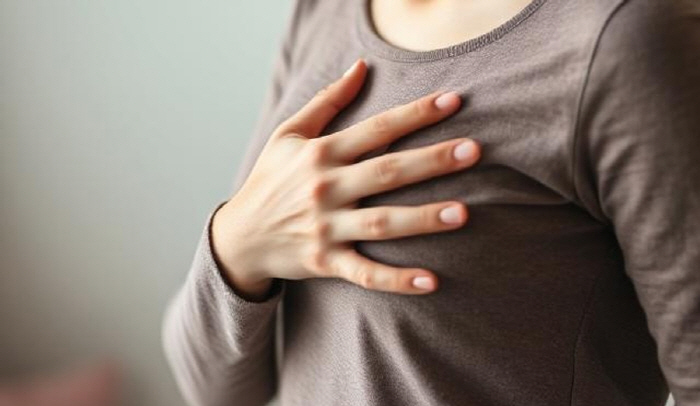If left unattended, symptoms such as life-threatening heart valve disease, shortness of breath, fatigue, swelling, etc
Aug 20, 2025
|
The intracardiac valve consists of the tricuspid valve, pulmonary arterial valve, mitral valve, and aortic valve. If any of these do not function properly, 'heart valve disease' occurs.
Professor Park Yoo-kyung of Cardiovascular Thoracic Surgery at Soonchunhyang University Bucheon Hospital explained, "The typical types are 'valve stenosis', which increases the burden on the heart as the resistance of blood flow increases due to the insufficient opening of the valve, and 'valve obstructive insufficiency (reverse reflux)', which decreases the efficiency of the heart as blood flows back because the valve is not completely closed."
The most common cause is degenerative change. As we get older, the valves calcify and harden, and their function deteriorates. Rheumatoid valve disease occurs when antibodies formed after group A streptococcal infection cause an immune response, damaging the valve. In addition, infectious endocarditis can be the cause.
When the disease progresses, heart failure symptoms such as difficulty breathing, fatigue, and swelling appear. If left unattended, the heart can no longer function normally, leading to serious complications.
When symptoms worsen, surgical treatment is needed. There is a 'valve arthroplasty' that restores shape and function while preserving the magnetic valve, and 'valve arthroplasty' that replaces a valve that has completely lost function with an artificial valve.
Valve plastic surgery is a method of restoring valve function by resecting and suturing a part of the damaged valve, or using ring insertion and string reconstruction. It is mainly used for mitral valve or tricuspid valve reflux.
Artificial valves used in valve replacement are divided into 'machine valve' and 'tissue valve'. Mechanical valves can be used semi-permanently, so the possibility of reoperation is low, but anticoagulants must be taken for life and there is also a risk of bleeding. On the other hand, tissue valves have the advantage of not taking anticoagulants or only taking them for a short period of time, but they may require reoperation after 10 to 15 years.
Professor Yoo-kyung Park explained, "In general, mechanical valves are recommended for patients under 50 years of age and tissue valves are recommended for patients over 65 years of age, but appropriate valve selection may vary depending on underlying diseases such as pregnancy plan, dialysis, and the presence or absence of atrial fibrillation."Patients should listen to sufficient explanations about the operation method, type of artificial valve, and the risk of surgery."."
After completing recovery in the intensive care unit after surgery, rehabilitation treatment begins when you move to a general hospital room. Walk and breathe rehabilitation for one to two weeks, and start heart rehabilitation in earnest by gradually increasing the intensity of exercise after two weeks. Most of them can return to work after four to eight weeks, and after three months, they recover to a level that is not too difficult for daily life and exercise.
Regular care after surgery is essential. If you are taking anticoagulants, your drug levels should be checked through a blood test every three months, and your valve and heart functions should be checked regularly by echocardiography once or twice. In addition, flu vaccine and pneumonia vaccine are recommended to prevent infection, and preventive antibiotics are required before dental treatment.
Professor Park said, `Since the symptoms of heart valve disease are ambiguous and progress slowly, if symptoms of shortness of breath or fatigue are repeated, do not consider it as a simple aging, but visit a specialist for an accurate diagnosis"The prognosis is influenced by customized surgery and treatment strategies that take into account the patient's age, health condition, and lifestyle."
|
This article was translated by Naver AI translator.















